A Farewell to Kings by Rush
Buy A Farewell to Kings A Farewell To Kings is the fifth studio album by Rush. It follows 2112, the band’s initial commercial breakthrough in 1976 (check out our Review of 2112). With […]
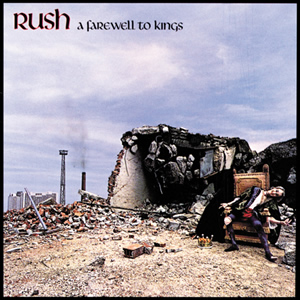
Buy A Farewell to Kings A Farewell To Kings is the fifth studio album by Rush. It follows 2112, the band’s initial commercial breakthrough in 1976 (check out our Review of 2112). With […]

Buy 90125 An unplanned reformation of Yes in 1983 led to 90125, their most successful album commercially. What became their the eleventh studio album overall, was initially intended to be the debut album […]


Buy 5150 With the possible exception of AC/DC, it is hard to find an example of an established rock band with a single, charismatic, lead singer that becomes even more successful once that […]
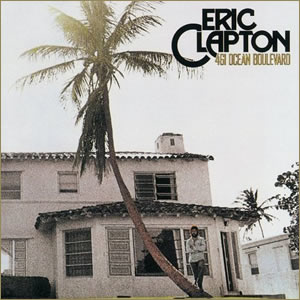
Buy 461 Ocean Boulevard Eric Clapton was remarkably prolific through the late 1960s into the year 1970. By the end of that year, he had been featured in six different successful rock and […]
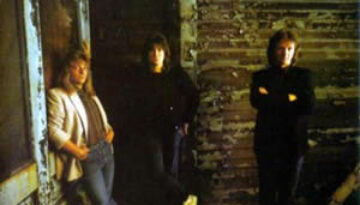
The three-piece rock band Zebra did not spend a long time on the national scene, nor did they have tremendous success while they were on that scene. But there is no doubt that […]
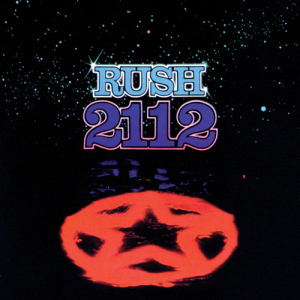
Buy 2112 Convinced that their run at fame was all but over, the members of Rush decided to go out “in a blaze of glory”. They were all very satisfied with the previous […]
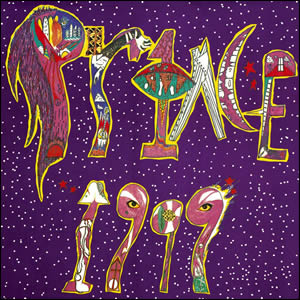
Buy 1999 1999 is a double-length album by Prince, released in late 1982. The album was born out of an extremely prolific songwriting period when there was reportedly four albums worth of material […]
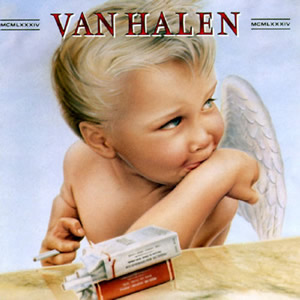
Buy 1984 The original lineup of Van Halen reached their artistic and commercial apex with their final album together. 1984 (officially titled using Roman Numerals MCMLXXXIV) was released near the start of the […]
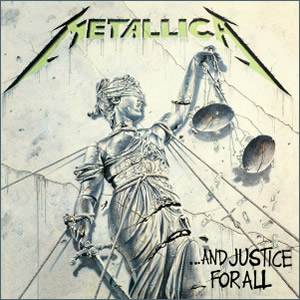
Buy …And Justice for All Metallica brought their fusion of progressive thrash metal into the mainstream with the double LP …And Justice for All in 1988. The album was nominated for a Grammy […]